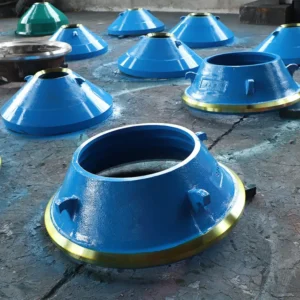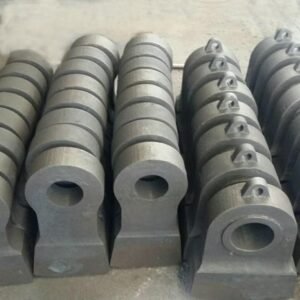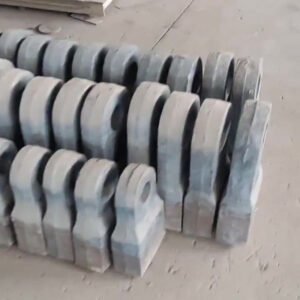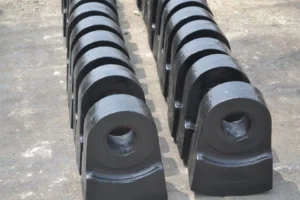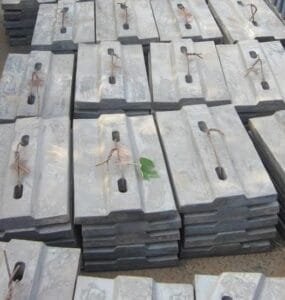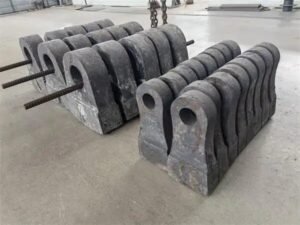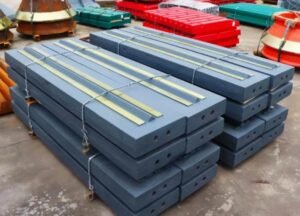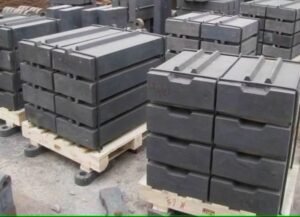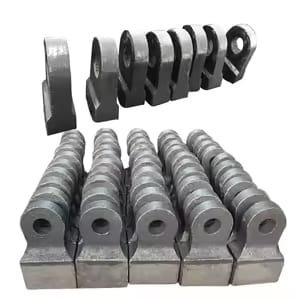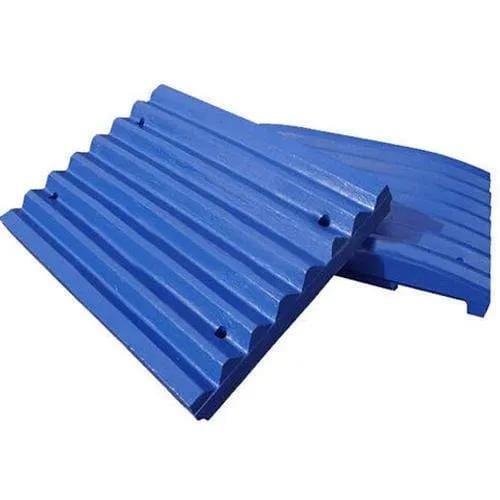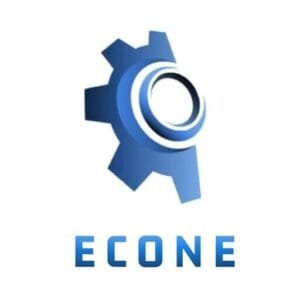Ball mill liners are more than just protective components for the mill’s shell; they play a critical role in optimizing grinding efficiency and influencing the final product’s quality. Choosing the right liners and understanding their impact on your operations can significantly enhance performance and reduce operational costs.
1. Role of Ball Mill Liners in Grinding Efficiency
The design and material of ball mill liners affect grinding efficiency in several ways:
- Energy Transfer: Liners facilitate the transfer of energy from the mill’s rotating shell to the grinding media, ensuring effective material breakdown.
- Lifter Bars: Properly designed lifters improve the movement of the grinding media, enhancing impact and abrasion for faster grinding.
- Material Retention: Liners influence how materials are retained in the mill, ensuring adequate grinding time for finer output.
Efficient liners reduce energy consumption, increase throughput, and prevent over-grinding.
2. Impact on Product Quality
Liners also influence the consistency and quality of the final product:
- Particle Size Distribution: Liners determine the grinding media’s movement, affecting the uniformity of particle size.
- Material Contamination: Choosing wear-resistant liners minimizes contamination from liner material, ensuring product purity.
- Temperature Control: Some liners, like rubber, help manage heat generation, which is essential for maintaining material integrity in temperature-sensitive processes.
3. Factors to Consider When Selecting Liners
To optimize grinding efficiency and product quality, consider the following when choosing ball mill liners:
- Material Type: High-manganese steel is ideal for impact resistance, while Cr-Mo steel offers superior wear resistance for abrasive materials.
- Mill Speed and Media: Ensure the liners match the mill’s operational speed and grinding media.
- Customization: Opt for liners designed to suit your mill’s specifications and processing requirements.
4. Maintenance and Lifespan
Well-maintained liners reduce downtime and costs. Regular inspections help identify wear patterns, enabling timely replacements that maintain grinding efficiency and product quality.
Conclusion
Ball mill liners are integral to efficient and high-quality grinding operations. By understanding their impact on energy transfer, media movement, and material retention, you can select liners that maximize efficiency and ensure consistent product quality. Partnering with a trusted supplier ensures access to durable, customized solutions tailored to your operation’s needs.
Ready to optimize your ball mill performance? Contact a professional supplier today to explore high-quality liner options that suit your operation.

